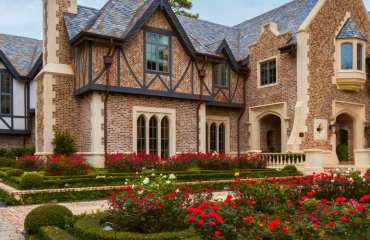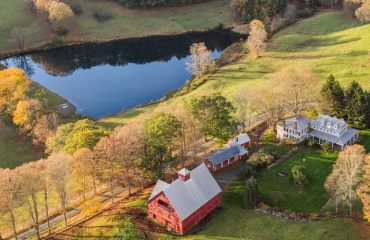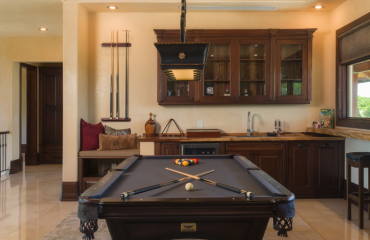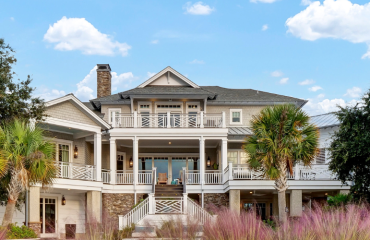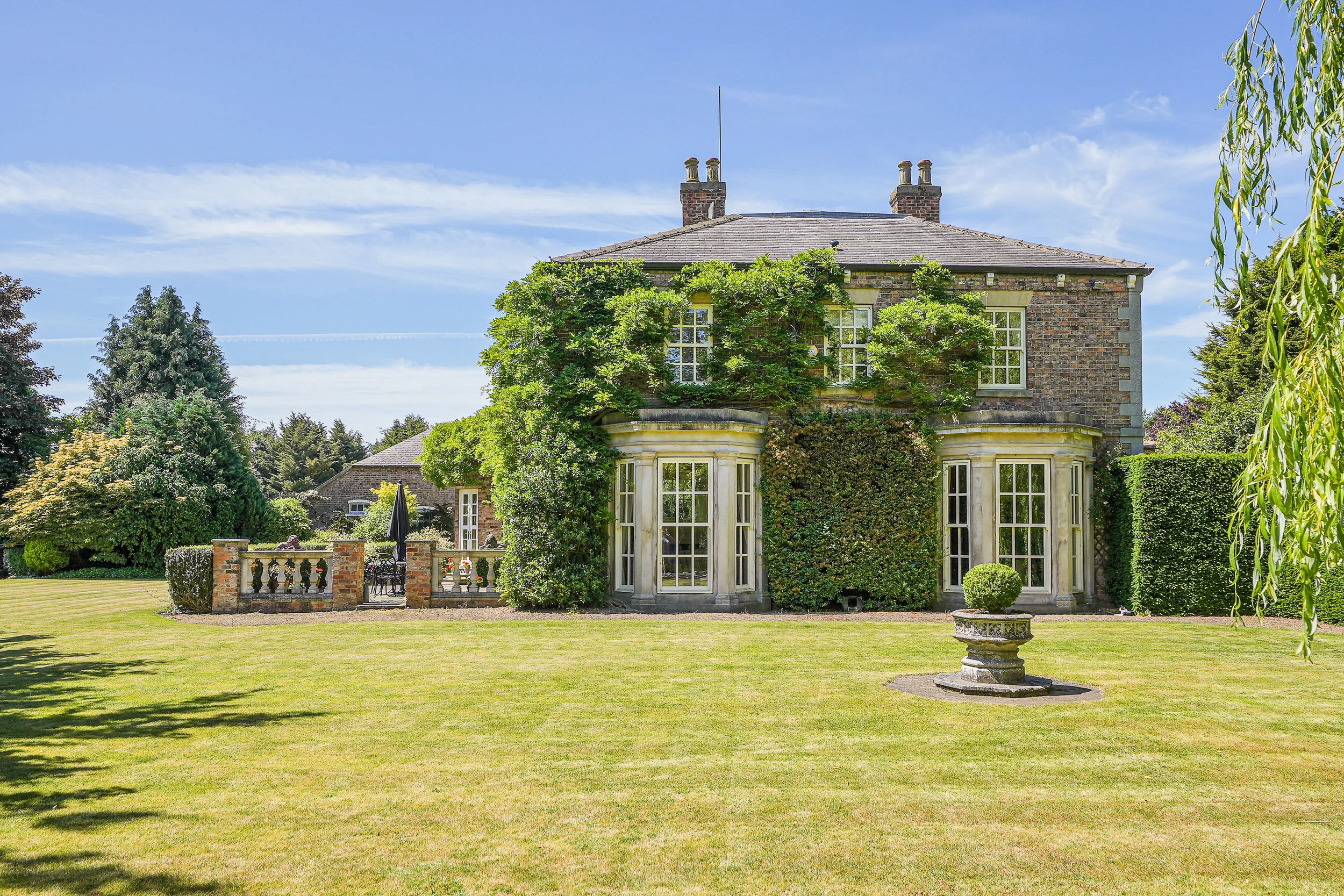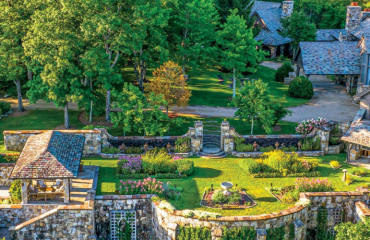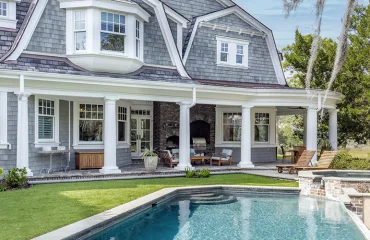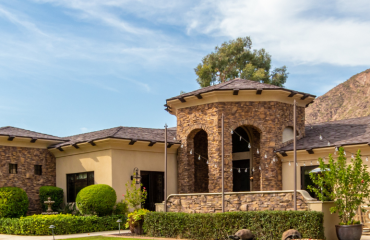Persistent low supply across many luxury markets will also keep pricing buoyant in the second half of 2023, our experts predict. This will lead to continued high levels of off-market transactions. In the Central London prime market (£5 million-plus), for example, as many as a third of transactions are happening off-market, Ruddock noted.
In Sydney, supply is still low, and demand remains high. “We expect to see activity levels remain high through the course of the second half of the year. I do not foresee any slowdown on the luxury end,” said Darren Curtis.
And Dubai? According to Jackie Johns: “Supply will pick up, but we do not expect demand to be fully met by the year’s close, particularly since the number of millionaires expected to enter the U.A.E. this year stands at approximately 4,500—a hugely promising number.”
Demand is so high in the city-state that it’s spilling over into neighboring Emirates, such as Ras Al Khaimah. One of several new luxury developments there is the multi-billion-dollar casino and lifestyle resort Wynn Al Marjan Island, set to open in early 2027.
Coupled with the continuing influx of high-net-worth individuals from countries like India, Russia China, and the UK, Dubai real estate will only grow. And properties here are still more affordable than those in similar luxury markets. Despite significant growth in apartment and villa prices, the average price per square foot for all transactions is still approximately AED 1,581 (US$430)—affordable in comparison to similar luxury markets worldwide, Johns noted.
Buyers therefore will continue to boost demand, attracted not only by branded luxury in developments bearing the Ritz-Carlton, Bulgari and Bugatti nameplates, but also market stability, high rental yields and asset appreciation, and Dubai’s 10-year, automatically renewable Golden Visa program.
“Dubai has established itself as a leader in global luxury real estate, offering both stability as well as high growth potential,” said Johns.
